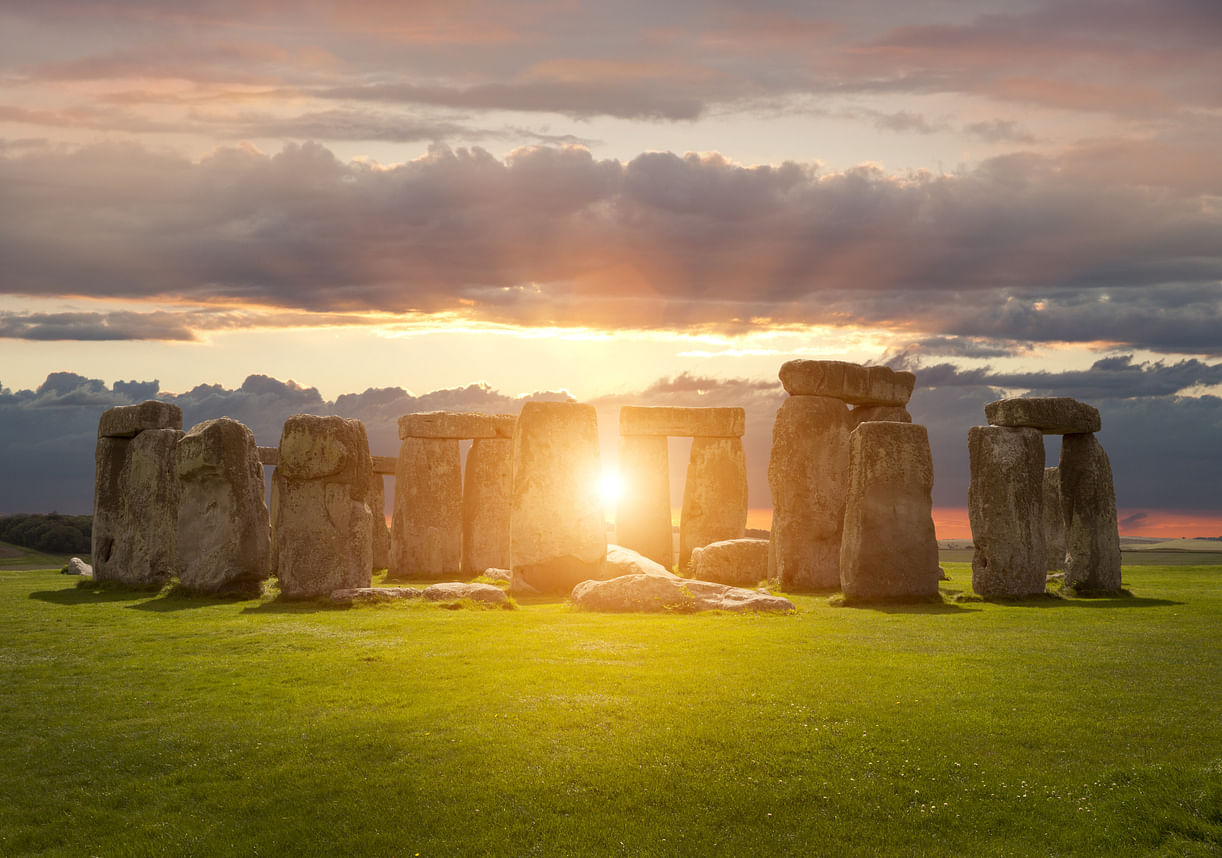
For more than four centuries, archaeologists and geologists have sought to determine the geographical origins of the stones used to build Stonehenge thousands of years ago. Pinning down the source of the large blocks known as sarsens that form the bulk of the monument has proved especially elusive. Now researchers have resolved the mystery: 50 of the 52 extant sarsens at Stonehenge came from the West Woods site in the English county of Wiltshire, located 25 kilometers to the north of Stonehenge. The findings were published on Wednesday in Science Advances.
Geologists can often use macroscopic and microscopic features of rocks to match them to the outcropping from which they were taken. Such techniques have allowed researchers to determine that many of Stonehenge’s smaller “bluestones” were brought from southwestern Wales. But “the trouble with sarsen stone is that it’s all the same,” says study co-author Katy Whitaker, a graduate student at the University of Reading in England and an assistant listing adviser at Historic England. “When you look at it under the microscope, you see quartz sand grains stuck together with more quartz.” So the team turned to x-ray fluorescence spectrometry, a nondestructive technique that bombards a sample with x-rays and analyzes the wavelengths of light that sample emits in response, which can show its chemical makeup. The technique revealed the presence of trace elements, or those found in minute quantities, on the surface of Stonehenge’s sarsens. Almost all of those stones shared a remarkably similar chemical composition, indicating that they originated together. The data were insufficient to pinpoint where that source was, however.
The team’s breakthrough came unexpectedly in 2018, when a sample core that had been drilled from one of Stonehenge’s sarsens during a 1958 restoration project was returned to England after it spent 60 years in a private collection. The researchers were granted permission to destroy part of the core for a more detailed analysis. “We quietly jumped up and down with excitement,” says lead author David Nash, a physical geographer at the University of Brighton in England. Using two types of mass spectrometry, the team determined the levels of 22 trace elements in the core and compared them with the levels in sarsen samples from 20 different sites dotting southern England. The chemical signature of the core exactly matched that of one of the sites—West Woods, which encompasses about six square kilometers.
The finding “looks to be fairly convincing and fairly conclusive,” says Joshua Pollard, an archaeologist at the University of Southampton in England, who was not involved in the new research. “It’s a major achievement.” Located just south of the River Kennet, West Woods has often been overlooked in archaeological research, he adds. Until now the prevailing speculation had posited that the sarsens originated to the north of the river, in the Marlborough Downs.
Although Nash’s team identified the origin of 50 sarsens, the last two—Stone 26 and Stone 160—did not match any of the sites studied, nor did they match each other. Because up to 30 more sarsens have been lost since the construction of Stonehenge, it is impossible to know if Stones 26 and 160 are unique or the remnants of a large group of the rocks brought from outside West Woods.
For Nash, the most intriguing implication of the finding is that the stones from West Woods were likely all moved during the monument’s second phase of construction, around 2500 B.C. “What it really brings home for me is the Herculean effort that went into making this structure in a reasonably short time window,” he says. How Neolithic people managed to transport the massive stones—which have an average weight of 20 metric tons—remains unknown. But archaeologists agree that large-scale social coordination was necessary.
Future research will seek to uncover the route that the builders of Stonehenge used to transport the stones. And the geochemical techniques pioneered by Nash’s team could yield insights at other prehistoric henge monuments in England. “There are endless questions, endless areas that need further investigation and thought,” Pollard says. “This is a journey that’s not going to end.”